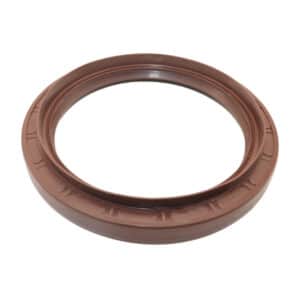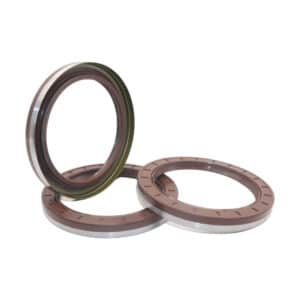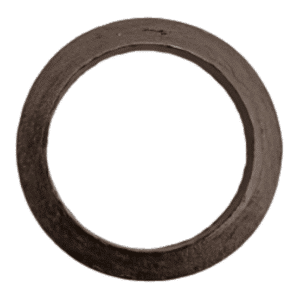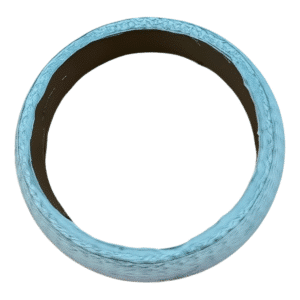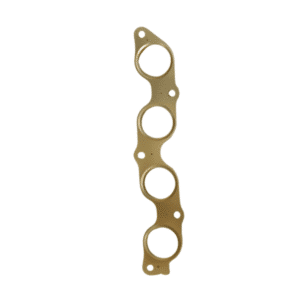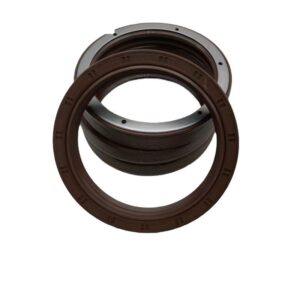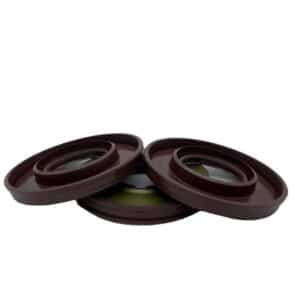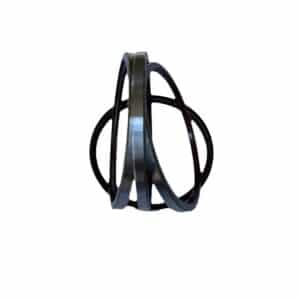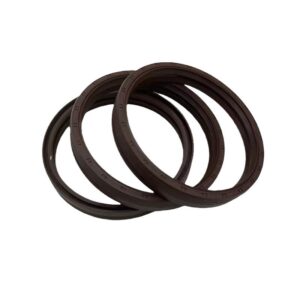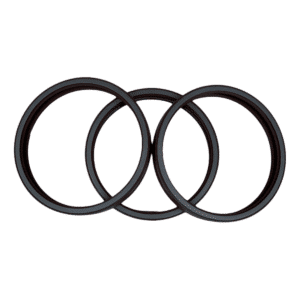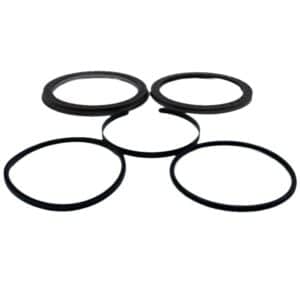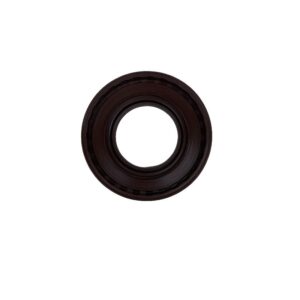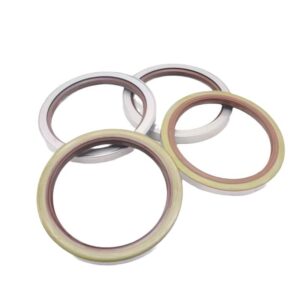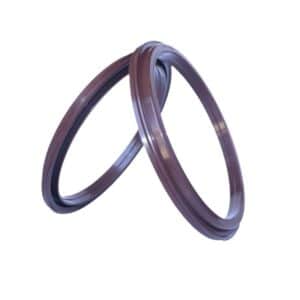Oil Seal Guide: Select, Apply & Source the Perfect Seal for Your Equipment
Whether you’re replacing a worn shaft seal or sourcing high-performance oil seals for OEM applications, this complete guide helps you make the right choice. Discover oil seal types, materials, installation know-how, and industry-specific solutions—all backed by Hengoseal’s manufacturing expertise
目次
What Is an Oil Seal and How Does It Work?
An oil seal is a device used to prevent lubricant leakage and protect machinery from contaminants such as dust and moisture. It plays a critical role in extending the lifespan of rotating shafts and bearings in engines, gearboxes, and pumps.
Understanding what an oil seal is—and how it works—is the first step toward making the right selection for your application.
🔍 Recommended Articles:
Start here for a quick overview of oil seal types, benefits, and selection advice.
Learn the top reasons oil seals fail and what steps you can take to avoid equipment damage.
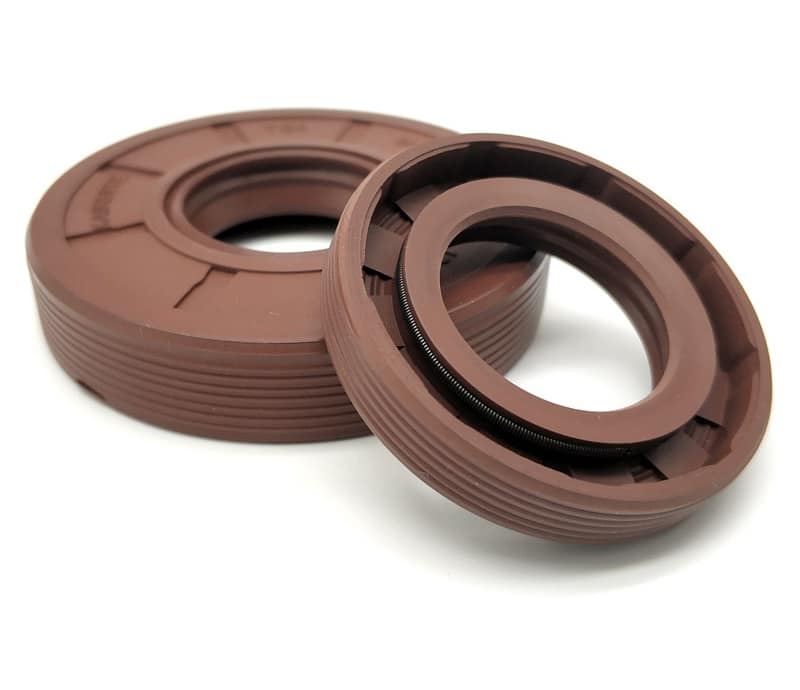
Discover how precise sealing tolerances impact performance under pressure.
🔧 Featured Product:
オイルシール – Explore a wide range of rotary shaft oil seals, including TC, TG4, and double-lip types. Designed to prevent oil leakage and contamination, ideal for automotive, industrial, and hydraulic systems.
🔍 Recommended Articles:
Step-by-step guide to evaluating shaft size, housing dimensions, and dynamic sealing needs.
Explore TC, TG4, V-rings, and other common seal types with real-world use cases.
Compare material resistance to oil, fuel, heat, and pressure.
How to Choose the Right Oil Seal for Shaft Speed, Pressure & Fluids
The right oil seal selection depends on five key factors: operating pressure, temperature, shaft speed, fluid type, and seal material. Choosing the wrong seal can lead to leaks, downtime, and premature equipment failure.
Learn how to match seal profiles and materials to your system’s requirements.
🧰 Featured Products: Oil Seals for Machinery & Equipment
TG4 Skeleton Oil Seal | Double Lip Shaft Seal – Heavy-duty double-lip oil seal ideal for grease-lubricated applications in industrial machinery and gear systems.
TC スケルトン オイルシール | スチールケース付きゴムシャフトシール – Versatile rubber-steel oil seal designed for both dust exclusion and fluid retention in rotating shafts.
What Are the Different Types of Oil Seals and When to Use Them?
Oil seals come in various types such as TC, TG4, SC, and crankshaft-specific designs. Each type is tailored for a specific application—whether you’re sealing a rotating shaft, motor, or transmission system.
Understanding the differences helps ensure better leak prevention and longer equipment lifespan.
🧩 Want Help Choosing the Right Oil Seal Type?
🔍 Recommended Articles:
Find out which oil seal is best for engine crankshafts and how to detect early signs of failure.
Learn the replacement process and common issues with rear main seals.
Compare performance for dust control, pressure handling, and long-term sealing.
🔍 Recommended Articles:
Follow a clear installation procedure to avoid misalignment and damage during press fitting.
Identify early warning signs of seal failure and learn effective repair techniques.
Get expert tips on lubrication, storage, and seal care in dynamic systems.
🧰 Featured Products: Durable Oil Seals for Leak-Free Performance
TC Skeleton Oil Seal – A reliable double-lip oil seal designed to prevent dust and fluid leakage during installation and long-term use.
High-Quality Oil Seal – Browse our full range of premium oil seals for proper fitment and extended equipment life. Suitable for repair, replacement, and preventive maintenance.
How to Install Oil Seals Correctly and Prevent Early Failure?
Improper oil seal installation is the leading cause of leakage, friction damage, and dry wear. To ensure long-lasting performance, it’s critical to follow correct installation steps and understand failure symptoms before damage occurs.
This section covers expert methods for installation and maintenance.
🛠️ Want an Installation Guide Tailored to Your Oil Seal?
How to Choose OEM Oil Seals for Automotive Engines & Axles?
Automotive oil seals are essential for crankshafts, axles, gearboxes, and transmission systems. Choosing the right seal ensures proper fit, oil retention, and long-term reliability—especially in trucks, tractors, and fleet vehicles.
Hengoseal supports OEM part number matching and custom designs for brands like Toyota, HINO, Mitsubishi, and more.
🔍 Recommended Articles:
Understand different profiles and materials used in automotive oil seal systems.
Search by part number or engine type—perfect for OEM replacement.
Explore HINO-compatible seals for crankshaft, camshaft, and more.
Understand different profiles and materials used in automotive oil seal systems.
Explore HINO-compatible seals for crankshaft, camshaft, and more.
🚗 Featured Products: Automotive Oil Seals for OEM & Heavy-Duty Applications
Mitsubishi Oil Seals | OEM Replacement Seals for Trucks & Heavy Vehicles – Built for durability and exact OEM fitment, ideal for Mitsubishi commercial vehicles.
HINO用高性能オイルシール | OEM交換用シール – Reliable sealing solutions for HINO engines and drive systems, supporting long service life.
Toyota Oil Seal – Durable & Reliable Sealing Solutions for Toyota Vehicles – Premium shaft seals engineered for Toyota cars, trucks, and utility vehicles.
Beiben Front Wheel Oil Seal 120×150×15 | Heavy-Duty Truck Hub Seal – Heavy-load axle seal with superior wear resistance, designed for Chinese commercial trucks.
Dongfeng 153 Balance Shaft Oil Seal 145×175×14 | Engine Seal for Heavy-Duty Use – Designed to meet OEM performance standards for engine balance shafts.
Search by part number or engine type—perfect for OEM replacement.
📩 Need Help Cross-Referencing OEM Numbers?
Oil Seal vs O-Ring, Dust Seal & PTFE – What’s the Difference?
Oil seals often work alongside O-rings, PTFE shaft seals, and dust seals—but they serve very different functions. Knowing when to use each type helps prevent over-specification, leakage, or premature wear in your system.
This section compares sealing solutions for different operating environments and shaft dynamics.
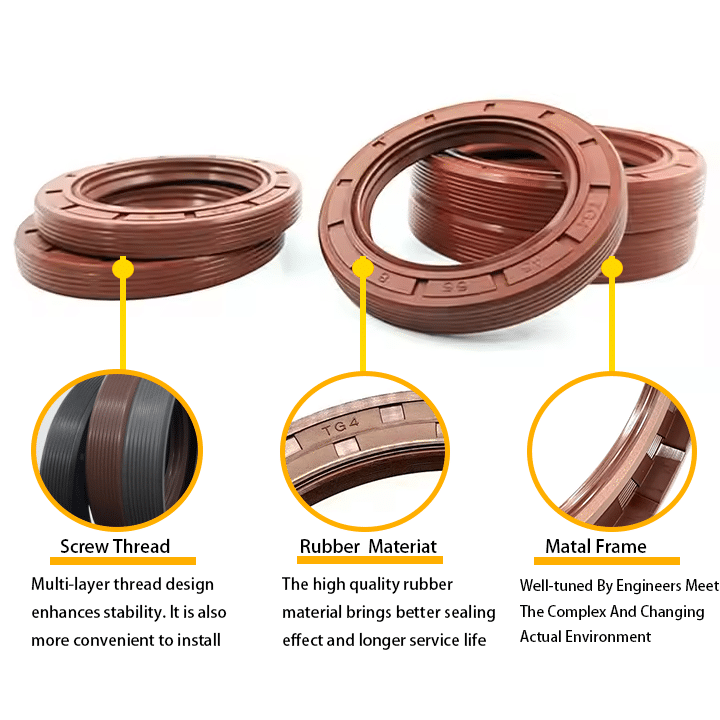
🔍 Recommended Articles:
Understand sealing function, pressure handling, material flexibility, and installation differences.
Learn which seal best protects against dirt, moisture, and debris ingress.
Compare chemical resistance, heat tolerance, and wear life in industrial applications.
🤔 Not Sure Which Seal Fits Your System?
Oil Seal Cross-Reference, OEM Matching & Global Sourcing Tips
Use OEM part numbers, seal dimensions, or equipment specs to find the right replacement. Whether you’re sourcing by OE reference or working with limited quantities, this section helps streamline your buying decisions.
🔍 Recommended Articles:
Easily locate compatible oil seals by dimensions or OEM part numbers.
Weigh the pros and cons of branded OEM vs. cost-effective aftermarket options.
Discover trusted global sourcing tips and low-MOQ supply options.
🧭 Featured Products: Cross-Reference Charts & Custom Seal Solutions
オイルシール – Browse all types of rotary oil seals, including TC, TG4, and customized shaft seal solutions for industrial and automotive systems.
OEM Exhaust Manifold Gasket 17173-21020 – Fits Toyota & Scion 1.5L Engines – Cross-reference compatible OE gaskets with exact fitment for Toyota engine models, ensuring tight, leak-free sealing.
Custom Rubber Seal Solutions – Tailor-made rubber seals for unique applications. Share your specs, and we’ll match or improve your current sealing design.
Recommended Oil Seal Products
We offer a wide range of oil seals designed for demanding applications—whether it’s high-speed rotation, pressure resistance, or contamination prevention. From automotive axles to hydraulic cylinders, explore our full selection of oil seal products to find your perfect fit.

